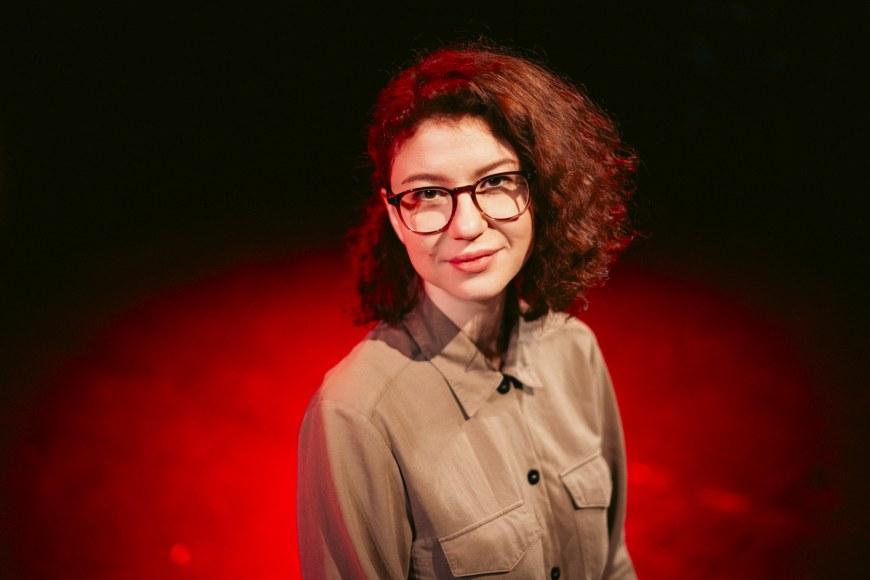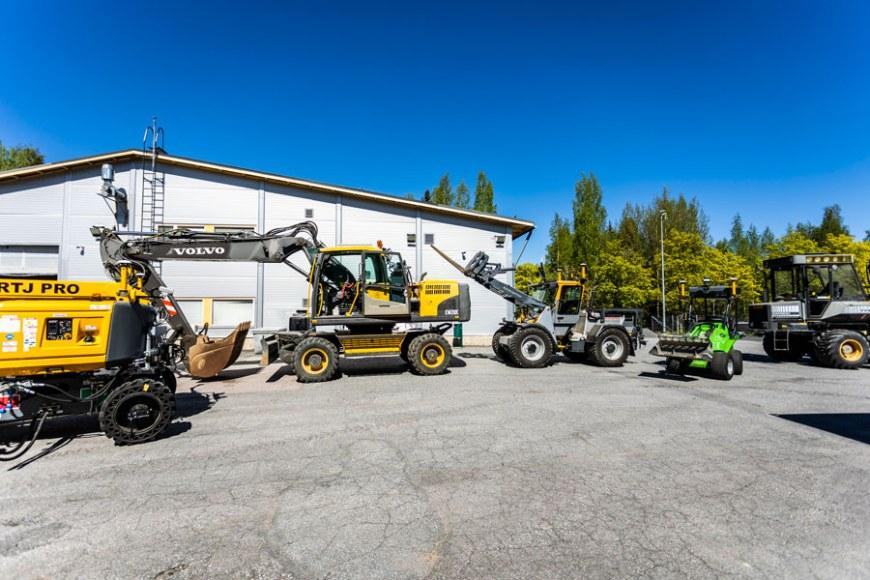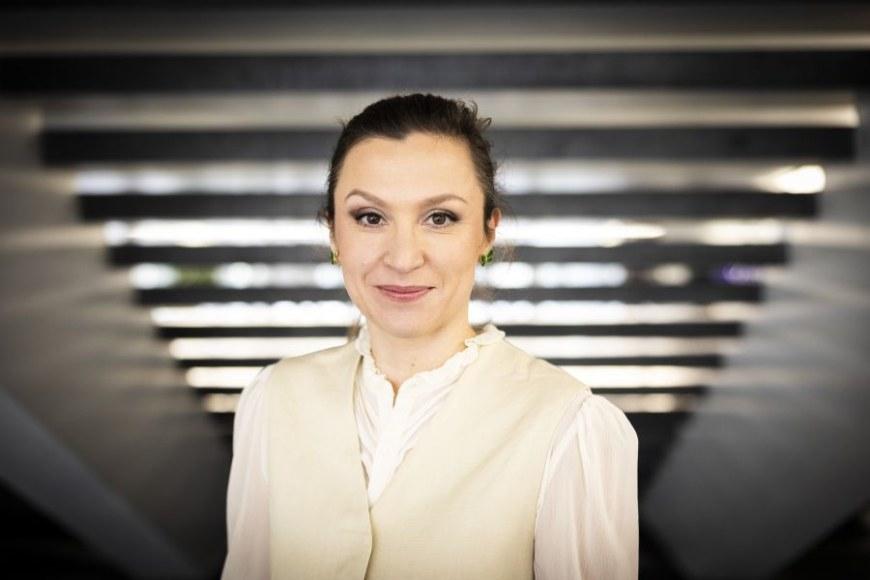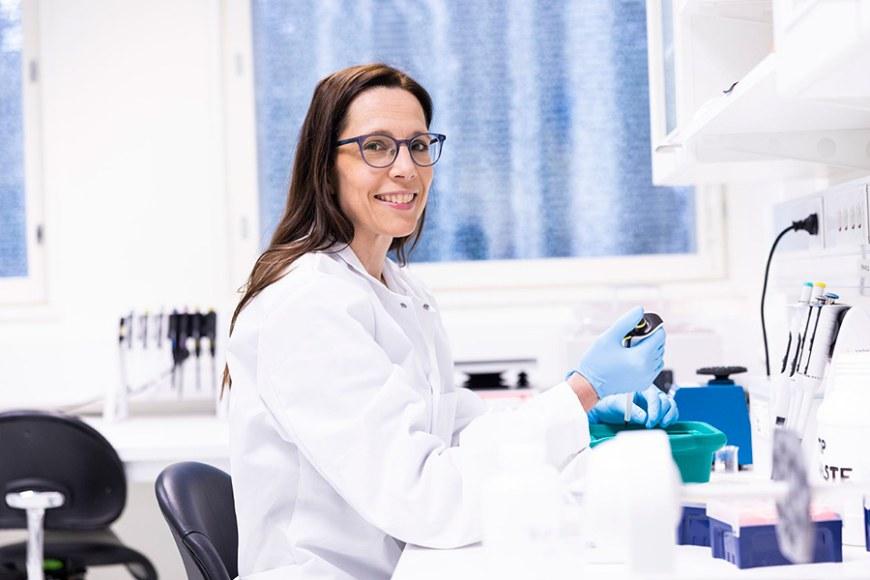Towards Open Education
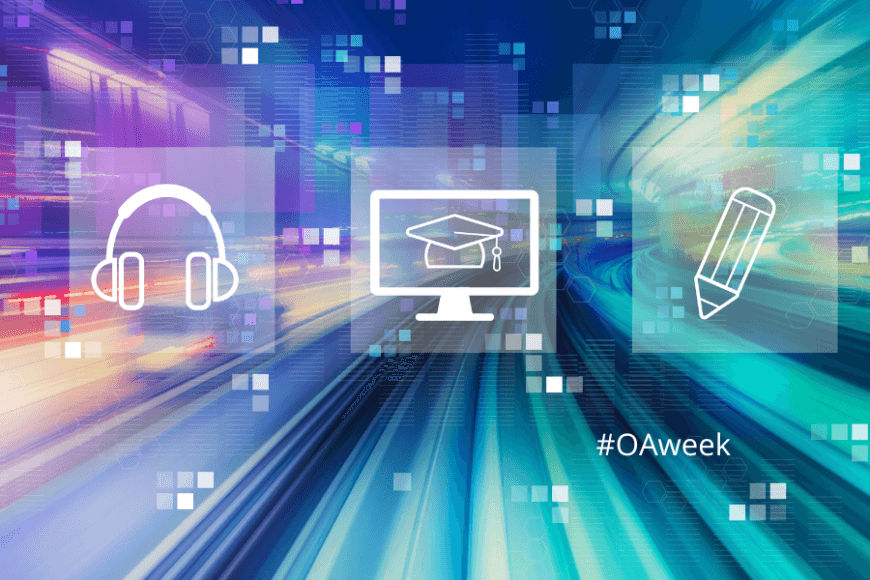
Open education is not just about open educational resources (OER). It has become synonymous with human rights, progress, equal opportunity, and prosperity. We must contribute to open education (OE) and its resources and bring more awareness to the need for education for all.
The UNESCO Open Educational Resources recommendation was adopted unanimously by member states at the 40th UNESCO General Conference in November 2019. The Recommendation promotes lifelong learning opportunities for all.
In Finland, the UNESCO Recommendation has been taken into account in the polices of open science and research (coordinated by the Federation of Finnish Learned Societies).
Open educational resources and open educational practices
One aspect of open education is the development and adoption of open educational resources in support of open educational practices. According to UNESCO:
“Open Educational Resources (OER) are learning, teaching and research materials in any format and medium that reside in the public domain or are under copyright that have been released under an open license, that permit no-cost access, re-use, re-purpose, adaptation, and redistribution by others.”
Why are open educational resources important?
- Open materials are accessible to students throughout the learning process.
- If you publish your learning material openly, you grant others the right to use and further develop it.
- Open publishing also offers students the opportunity to develop and share learning materials.
- Teachers instructing the same course can use materials that a colleague of theirs has published openly.
- Open access materials can also be flexibly used in distance learning, without a university user account.
- Making your material openly accessible ensures the visibility of your material and your competence.
- Your example of sharing your learning material encourages others to share theirs.
Where to find open educational materials?
In the Library Guide you will find tips on how to find open educational resources.
This week is international Open Access Week.
Text: Information Specialist kati.syvalahti [at] tuni.fi (Kati Syvälahti)
